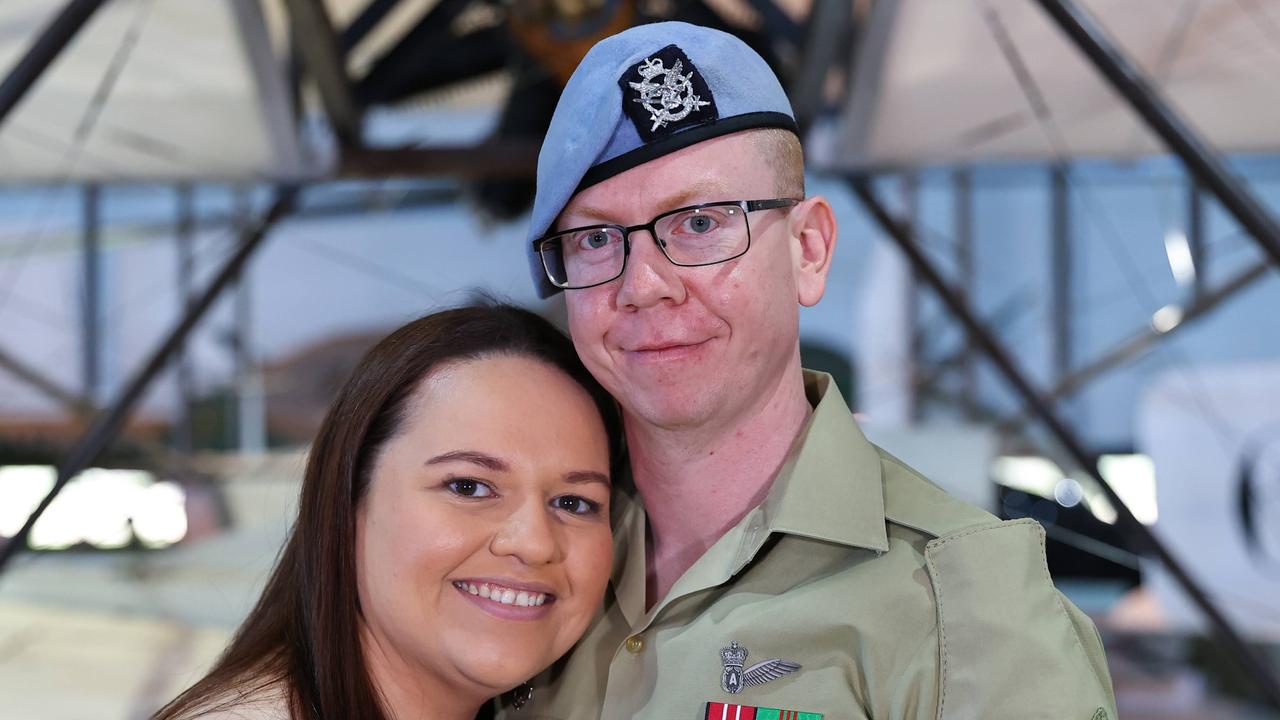Terrifying jihadi blitz in Syria shows Islamist threat is far from over
Islamic State has almost been destroyed, but a disturbing new jihadi army is getting started and has already made terrifying progress.
When Donald Trump boldly announced last month he’d be pulling troops out of Syria, he declared the barbaric army of the so-called Islamic State had been wiped off the map.
In a terrifying and lightening-fast assault, the Salafi jihadist militant group swept across western Iraq and eastern Syria in 2015 and declared a “caliphate” — under which up to eight million people were forced to live under its strict interpretation of sharia law.
Now their territory in the war-torn region is but a speck on the map — as their fighters have been forced out by soldiers loyal to Syrian President Bashar al-Assad, US-backed rebels, Kurdish fighters and Turkish-backed rebel forces.
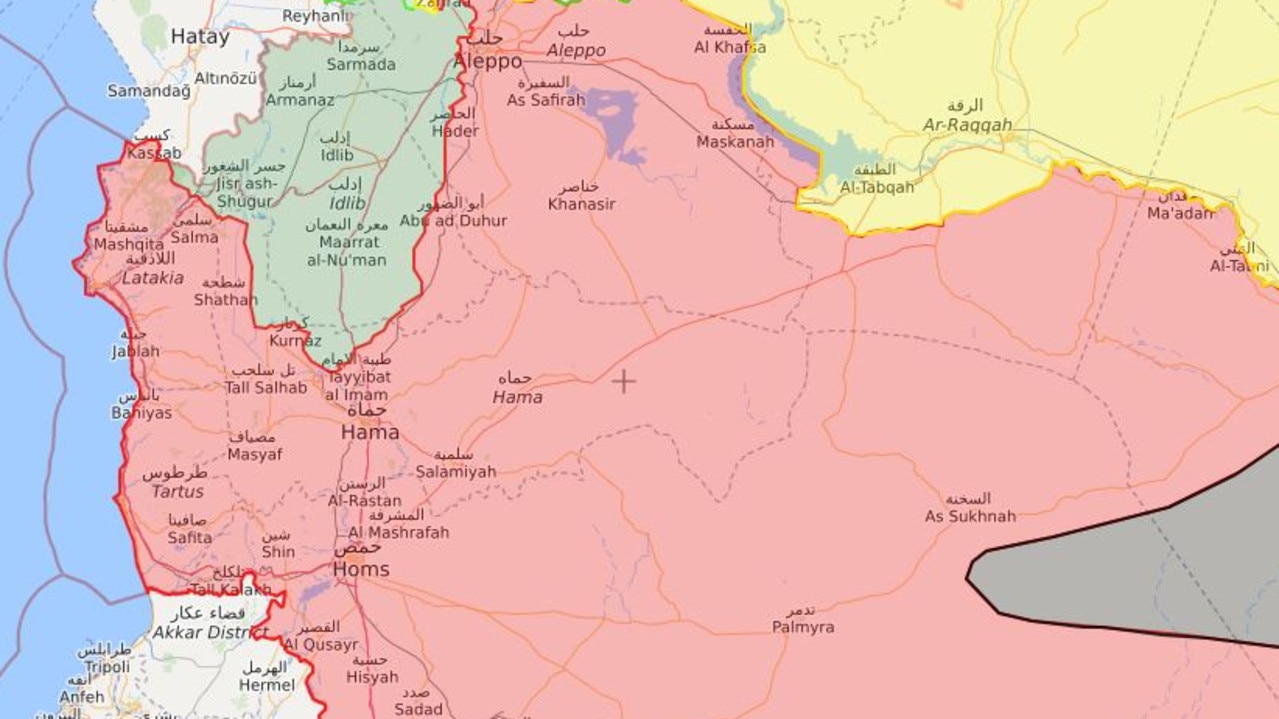
They have been forced back to a tiny final bastion of control in eastern Syria and, looking at an ever-confusing map of who controls what in the decimated remains of the middle-eastern nation, you would be forgiven for thinking the scourge of radical Islamic terrorism had been defeated.
However, if you look to the country’s northwest, in the province of Idlib — which was once home to 2.5 million people — you’ll notice the disturbing rise of a new jihadi powerhouse which has made unsettling gains in just the past few weeks.
They call themselves Hay’at Tahrir al-Sham, which can be abbreviated to HTS, and they claim to have 25,000 fighters, according to the Syrian Observatory for Human Rights.

They also claim have recently broken ranks with Al-Qaeda, the infamous Sunni Islamist terror group founded by Osama bin Laden which plotted the 9/11 suicide attacks.
However, HTS formed as a merger between several Salafist jihadist groups — including the al-Nusra Front which was also known as al-Qaeda in Syria — in 2017 and experts have slapped supposed renunciation down as a PR stunt.
In a terrifying 10-day blitz, the extremist group has now taken control of almost the entirety of Idlib — which is Syria’s last rebel held province in its brutal civil war.
The province was the birthplace of the Free Syrian Army (FSA) which was one of the main players in the uprising against President Assad — who is accused of human rights abuses, torturing his political opponents and war crimes.
The FSA saw success when it took territory from President Assad in 2012, but it has now splintered off into competing factions due to infighting and the powerful Islamist extremist groups in the region have surged to power as it disintegrated.
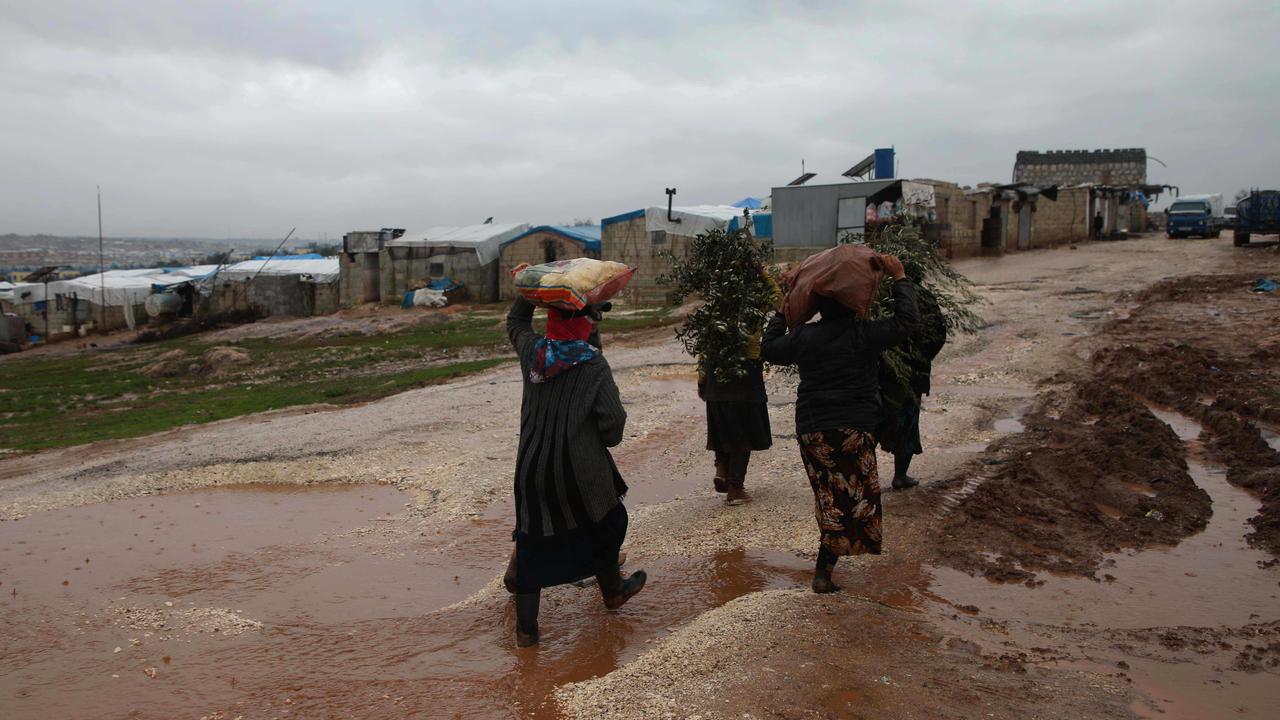
Over time, HTS has changed both names and leaders, and statements posted online suggest it had severed ties with Al-Qaeda.
However, numerous experts have shot down the claims, saying the organisation is simply attempting to muddy the waters and confuse intelligence agencies.
Jabhat al-Nusra, the rebel faction which gave birth to HTS, announced in July 2016 it had broken with Al-Qaeda.
But this was just “rebranding while maintaining a secret pledge of allegiance,” said Hassan Hassan, who specialises in jihadist movements at the Washington-based Tahrir Institute for Middle East Policy.
“Throughout its numerous iterations, HTS has not altered its ideology and is still widely thought to maintain links with Al-Qaeda,” the US-based Soufan think tank said on Monday.
“HTS maintained links with Al-Qaeda’s loyalists in northern Syria and even allocated areas and resources for its supposed rivals,” Mr Hassan added.
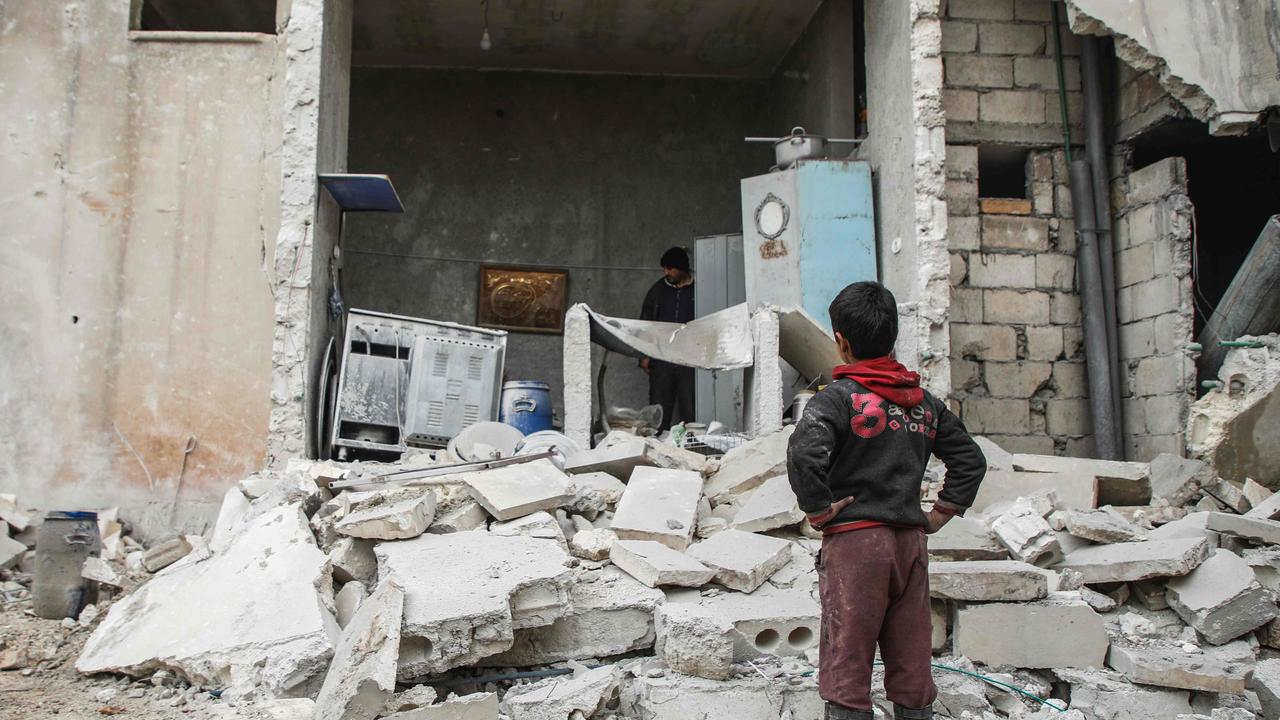
On Monday, Syria’s National Coalition, the leading exiled opposition group, branded the HTS a “terrorist organisation,” a designation applied by the US embassy in Damascus since May 2017.
“The core of HTS is Nusra, a designated terrorist organisation. This designation applies regardless of what name it uses or what groups merge into it,” the embassy said in a tweet.
Worryingly, the rise of HTS comes as so-called Islamic State has shown it is far from finished in the embattled region.
Overnight, the ailing terrorist organisation launched a sickening suicide bombing attack in northern Syria which killed at least 20 people — including two US service members and two American civilians.
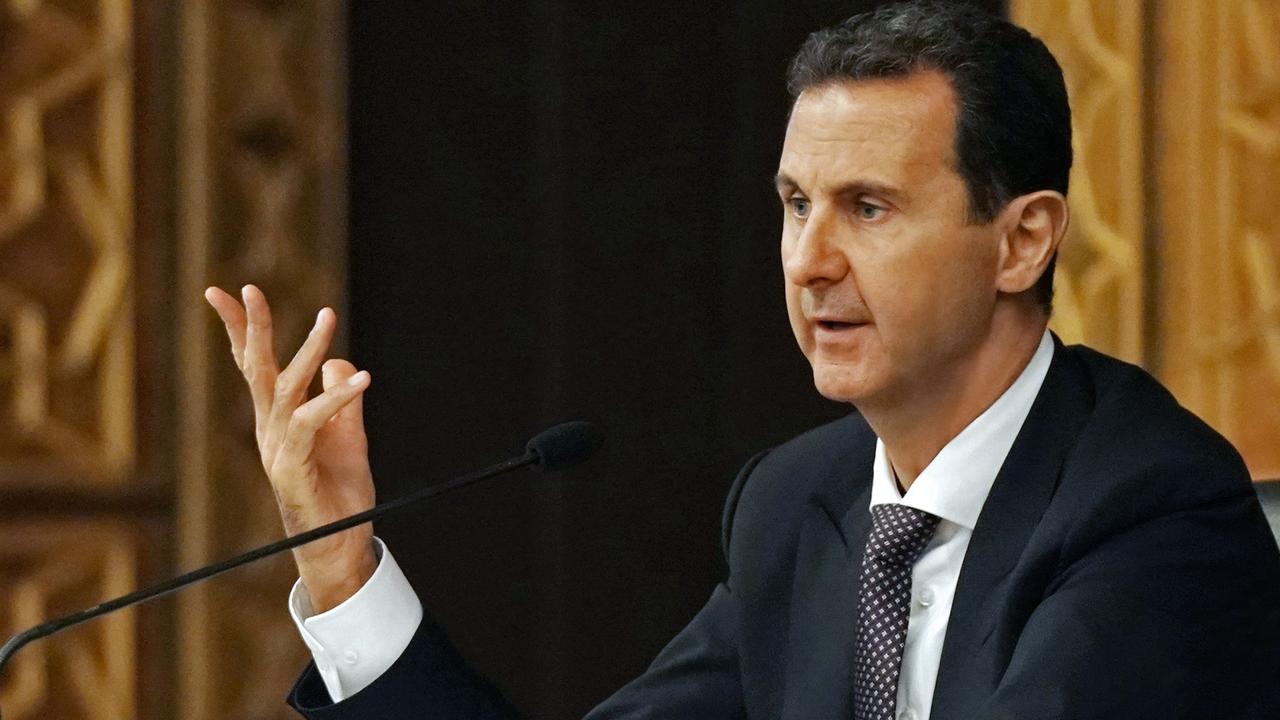
It came just one month after President Donald Trump declared that IS had been defeated and he was pulling out US forces.
The attack in the strategic northeastern town of Manbij highlighted the threat posed by the Islamic State group despite Mr Trump’s claims.
It could also complicate what had already become a messy withdrawal plan, with the President’s senior advisers disagreeing with the decision and then offering an evolving timetable for the removal of the approximately 2000 US troops.
The attack, which also wounded three US troops, was the deadliest assault on US troops in Syria since American forces went into the country in 2015.
The dead included a number of fighters with the Syrian Democratic Forces, who have fought alongside the Americans against the Islamic State, according to officials and the UK-based Syrian Observatory for Human Rights.

In a tweet last month announcing the withdrawal of troops from Syria, Mr Trump said, “We have defeated ISIS in Syria, my only reason for being there during the Trump Presidency.”
He said the troops would begin coming home “now”. That plan triggered immediate pushback from military leaders, including the resignation of the Defence Secretary.
Over the past month, however, Mr Trump and others have appeared to adjust the timeline, and US officials have suggested it will likely take several months to safely withdraw American forces from Syria.
— with wires



